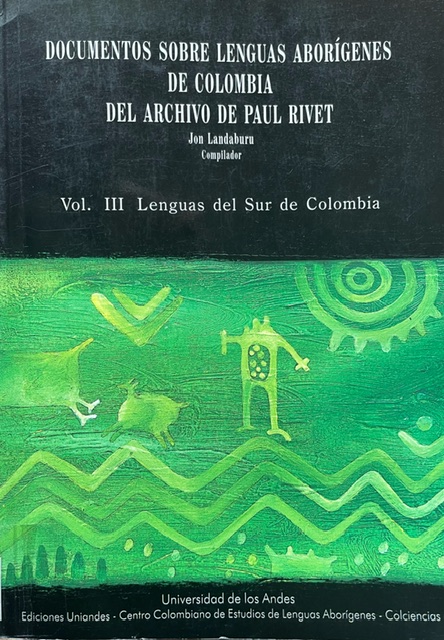Cultural conceptualisations and language : theoretical framework and applications / Farzad Sharifian.
Tipo de material: TextoIdioma: Inglés Series Cocnitive linguistic st6udies in culltural contexts v.1Editor: Amsterdam : John Benjamins, 2011Descripción: xviii, 238 p. 24 cmISBN: 9789027204042; 9789027287182Tema(s): Lenguaje y cultura | Gramática cognitivaClasificación CDD: 306.44
TextoIdioma: Inglés Series Cocnitive linguistic st6udies in culltural contexts v.1Editor: Amsterdam : John Benjamins, 2011Descripción: xviii, 238 p. 24 cmISBN: 9789027204042; 9789027287182Tema(s): Lenguaje y cultura | Gramática cognitivaClasificación CDD: 306.44 | Tipo de ítem | Ubicación actual | Colección | Signatura | Copia número | Estado | Notas | Fecha de vencimiento | Código de barras |
|---|---|---|---|---|---|---|---|---|
| Libros | Sede Yerbabuena | Colección General | 306.44 SH531c | ej. 1 | Disponible | tmt05 | 500074682 |
Incluye índice
Incluye bibliografía e índice.
Pte. 1ª: Theretical framework. -- On cultural conceptualisations. -- Conceptualisation. -- Cultural conceptualisations : A distributed model. -- Examples of cultural conceptualisations. -- Event schemas. -- Role schemas. -- Image. -- Image schemas. -- Proposition-schemas. -- Emotion schemas. -- Intantiation of cultural conceptualisations. -- Example : The Dreamtime. -- Concludong remarks. -- Distributed, emergent cultural cognition, conceptualisation and language. -- The locus of cultural cognition. -- Emergent cultural cognition as a complex adaptative system. -- Cultural conceptualisations : Cultural models, categories and schemas. -- Emergent cultural cognition and language. -- Concluding remarks. -- On collective cognition and language. -- Cultural cognition as a complex adaptive system. -- Cultural cognition and cultural conceptualisation. -- Cultural conceptualisations and language. -- Concluding remarks. -- Pte. 2ª: Case studies: Cultural conceptualisations in Aboriginal languages. -- Aboriginal language habitat and cultural continuity. -- Cultural conceptualisations of kinship in Aboriginal English. -- Conceptualisations and categorisations of kinship in Aboriginal English. -- Aboriginal spiritual conceptualisations in Aboriginal English. -- Metaphor in Aboriginal English. -- Concluding remarks. -- Cultural conceptualisations in English words : A study of Aboriginal cildren in Perth. -- Standard vs. 'non-standard' varieties : Underlying cultural models. -- Empirical investigation of Aboriginal cultural models. -- Empirical invetigation of Aboriginal culture models. -- Methodology. -- Participants. -- Instrument. -- Procedure. -- The analysis of the data. -- Findings of the empirical investigation. -- Educational implications and concluding remarks. -- Pte. 3ª: Intercultural commmunication. -- Cultural conceptualisations in intercultural communication : A study of Aboriginal and non-Aboriginal Australians. -- Aboriginal cultural conceptualisations. -- Concluding remarks. -- Cultural conceptualisations in English as an International Language (EIL). -- EIL as a language of various cultural conceptualisations. -- The need for a revised model of communication. -- EIL and the notion of 'Language Proficiency', 'Native Speaker'. -- Concluding remarks. -- Cultural schemas and intercultural communication : A study of Persian. -- Persian language and culture. -- Sharmandegi (being ashamed). -- Expressing gratitude. -- Offering goods and services. -- Requesting goods and services. -- Apologising. -- Concluding remarks. -- Pte. 4ª: Cross-cultural pragmatics. -- The Persian cultural schema of shekasteh-nafsi : Cultural schemas in compliment responses in Persian and Anglo-Australian speakers. -- Cultural schemas and cross-cultural pragmatics. -- The cultural schema of shekasteh-nafsi in Persian. -- Methodology. -- Participants. -- Intrument. -- Procedure. -- Data analysis. -- Analysis of the comments. -- Concluding remarks. -- Appendix. -- Semantic and pragmatic conceptualisations within an amerging variety : Persian English. -- Introduction. -- English in Iran and the emerging variety of Persian English. -- Cultural conceptualisation in Persian English. -- Âberu. -- Târof. -- Shakhsiat. -- Greeting in Persian English. -- Terms of address. -- Conceptualisation of emotions in Persian English. -- Concluding remarks. -- Pte. 5ª: Cuture, body, self and language. -- Cultural conceptualisation on 'Self' and del 'heart/stomach' in Persian. -- Introduction. -- 'Self' in Persian. -- Nafs 'self' in Sufism. -- Del 'spiritual heart', ruh 'spirit', and serr 'inner consciousness' in Sufism. -- Conceptualisations of del 'heart' in Sufism. -- Conceptualisations of Sufi path in Persian literature. -- Del and conceptual metaphors. -- nafs and del in the model Persian language. -- Nafs. -- Del. -- Del as the seat fo emotions/feelings and desires. -- Del as the source of compassion. -- Del as the source of desires. -- Del as the seat of 'intellect'. -- Del as 'stomach'/'abdomen'. -- Del as the centre of personality traits, charachter and mood. -- Concluding remarks. -- Conceptualisations of cheshm 'eye' and 'perception' in Persian. -- Introduction. -- Cheshm and conceptualisations of emotions in Persian. -- Cheshm as the seat of love. -- Cheshm as the seat of envy. -- Conceptualisations of negậh 'look' in Persian. -- Cheshm and character traits. -- Other eye-realted expressions. -- Thinking as seeing. -- Intuition as perception. -- Concluding remarks. -- Pte. 6ª: Political discourse. -- Figurative language in international political discourse : The case of Iran. -- Introduction. -- Figurative language : Literary or ordinary. -- Figurative language and politics. -- Figurative language in Iranian political discourse. -- "Israel should be wiped oof the map". -- To inflict US with "harm and pain". -- US deserves a punch in the mouth. -- Concluding remarks. -- Politics and/of translations : Case studies between Persian and English. -- Introduction. -- Concession and compromise. -- Jihad. -- Concluding remarks.
Ciencias sociales




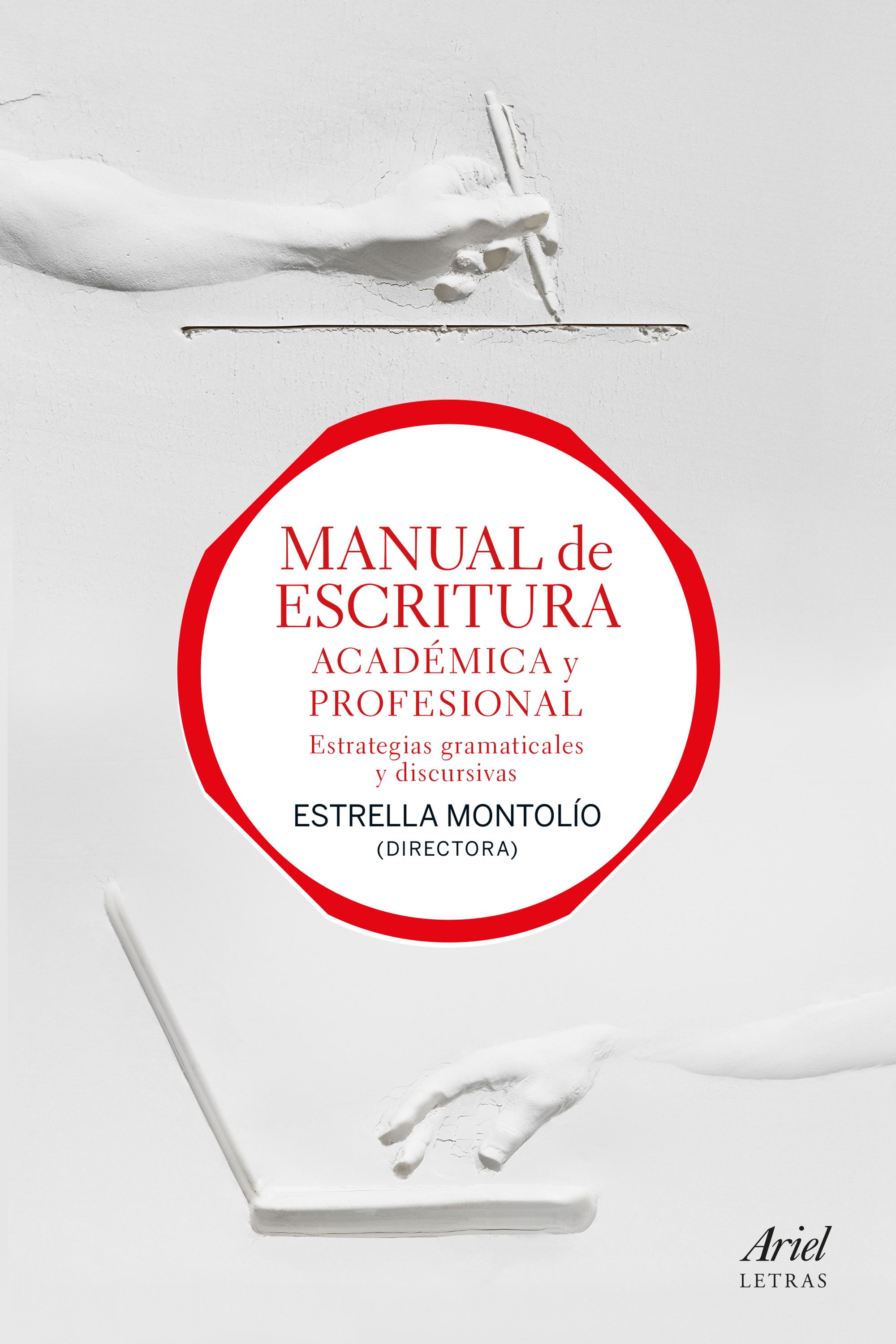

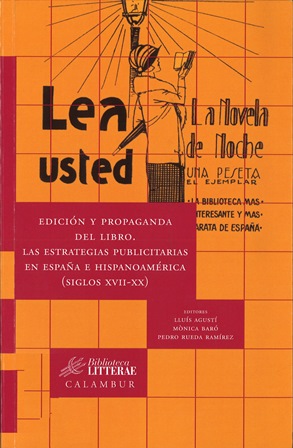
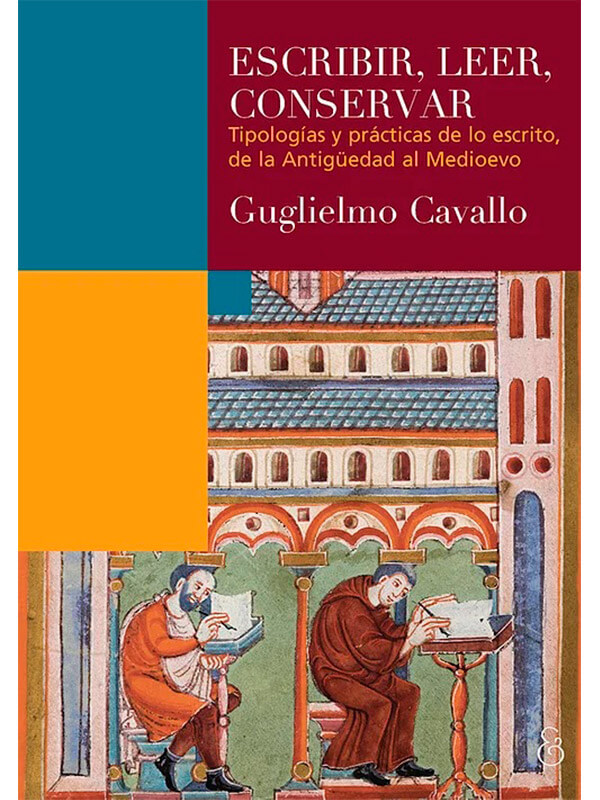

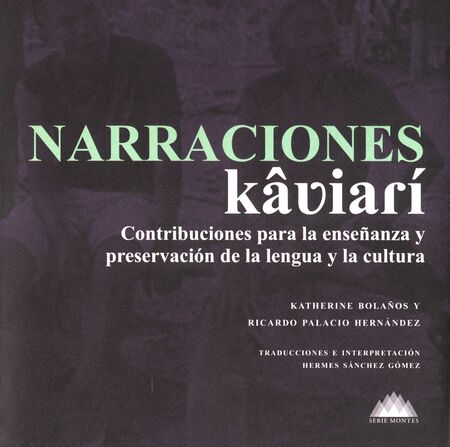
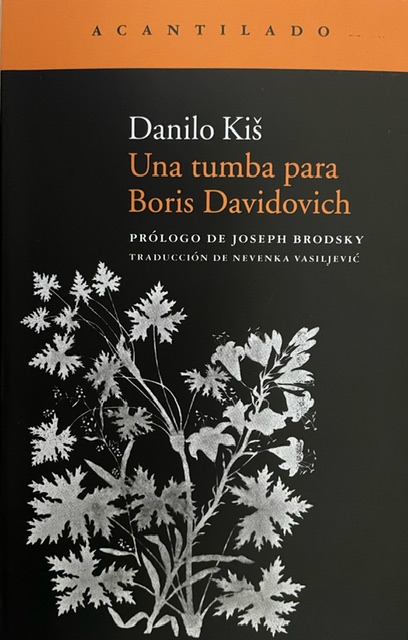
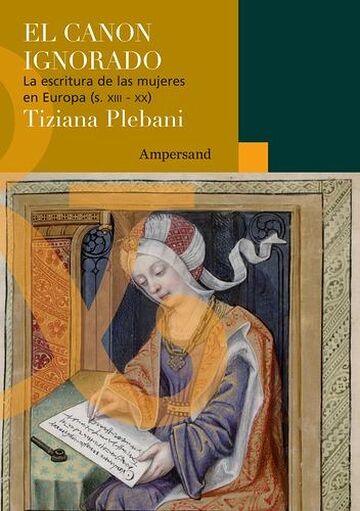
![Los indios katíos: Su cultura [y] su lengua / Constancio Pinto García Los indios katíos: Su cultura [y] su lengua / Constancio Pinto García](https://biblioteca.caroycuervo.gov.co/opac-tmpl/bootstrap/images/Portada9.jpg)
